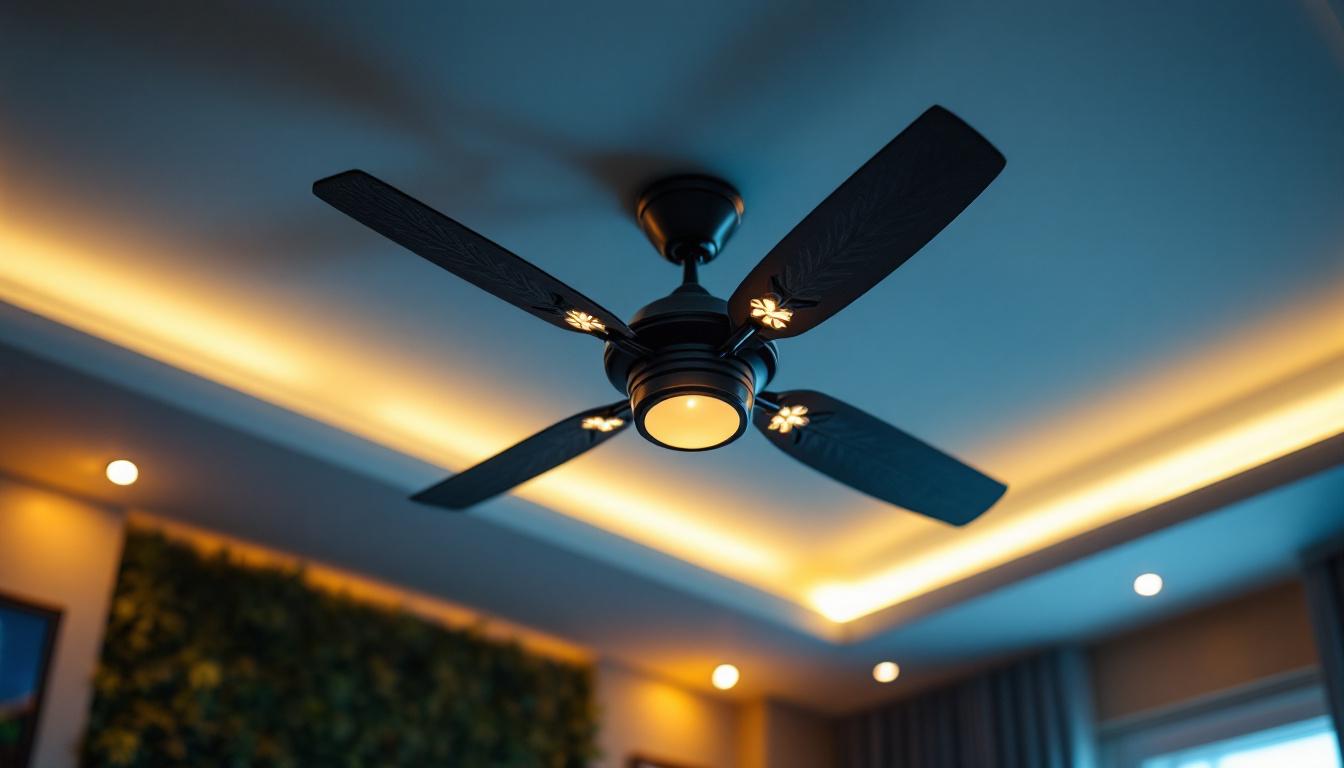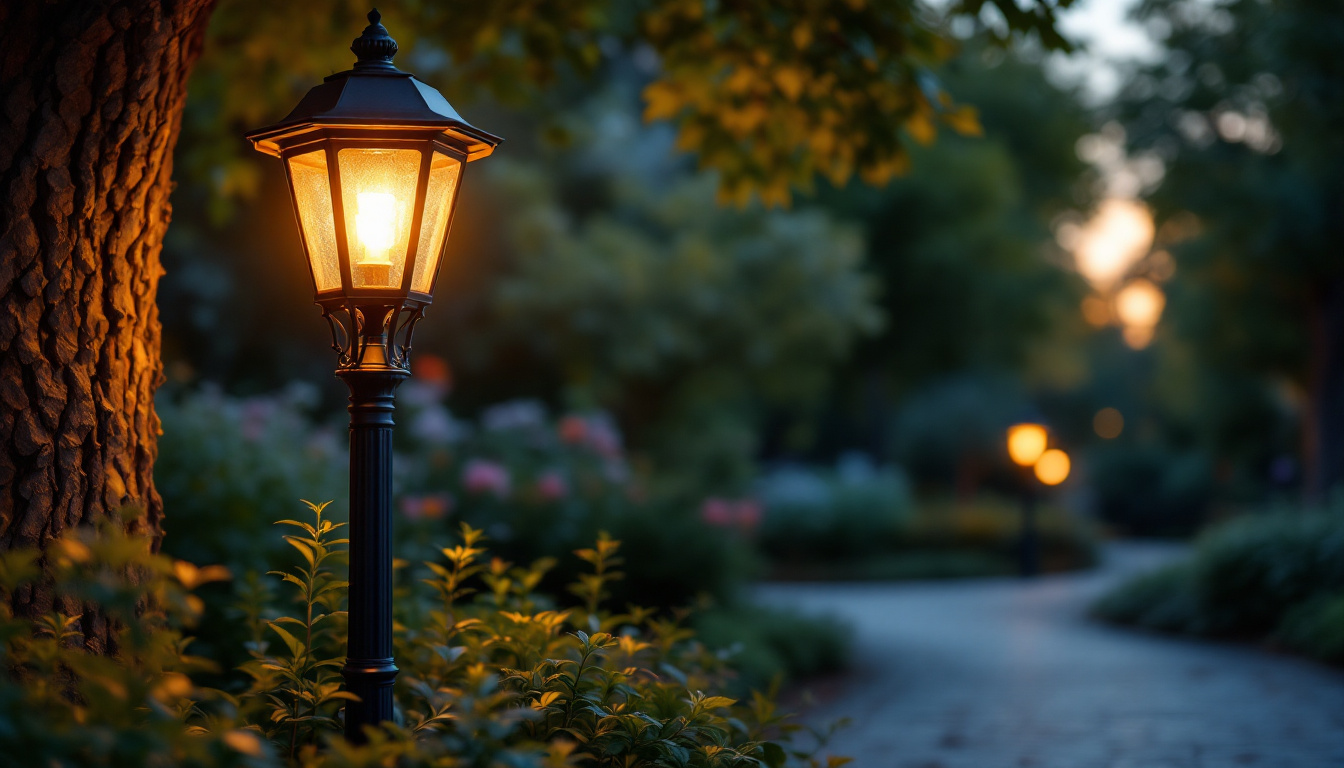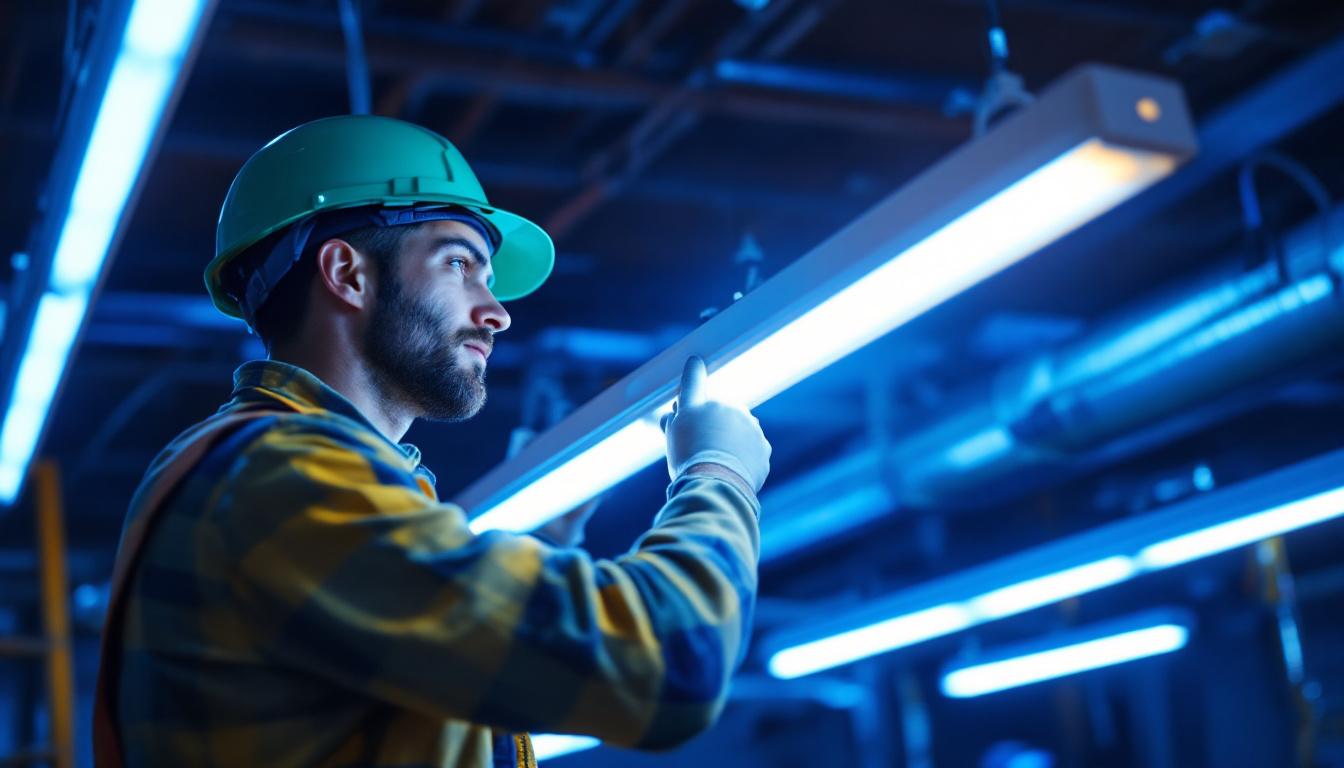
In the realm of modern interior design, the integration of ceiling fans with decorative lighting has emerged as a popular trend. For lighting contractors, understanding the science behind these dual-function fixtures is essential. This article delves into the mechanics of ceiling fans with fancy lights, exploring their benefits, design considerations, and the technology that makes them effective in enhancing both comfort and aesthetics in various spaces.
Ceiling fans have come a long way from their humble beginnings as simple mechanical devices designed to circulate air. Today, they serve not only functional purposes but also aesthetic ones, with many models featuring elaborate lighting designs that can complement any decor.
Originally, ceiling fans were primarily utilitarian, focusing on airflow and temperature control. However, as design trends evolved, manufacturers began to incorporate stylish elements into their products. This shift allowed ceiling fans to become a central feature in many rooms, blending seamlessly with other lighting fixtures and decor elements.
Modern ceiling fans now come equipped with various light options, from traditional incandescent bulbs to energy-efficient LEDs. This evolution reflects a growing consumer demand for products that not only perform well but also enhance the overall aesthetic of a space. Furthermore, the introduction of smart technology has revolutionized the ceiling fan market, allowing users to control their fans remotely via smartphone apps or voice commands, adding a layer of convenience and modernity that appeals to tech-savvy homeowners.
The combination of ceiling fans and lighting offers several functional benefits. First and foremost, they provide effective air circulation, which can lead to increased comfort in both residential and commercial settings. By improving airflow, ceiling fans help regulate temperature, making spaces feel cooler in the summer and warmer in the winter.
Additionally, the lighting aspect of these fixtures can significantly enhance visibility and ambiance. Whether used for task lighting in a kitchen or ambient lighting in a living room, the right ceiling fan can transform the atmosphere of a room while also serving its primary function of air movement. Some models even feature adjustable brightness settings, allowing users to customize the lighting to suit different activities or moods. This versatility makes ceiling fans an ideal choice for multifunctional spaces, where both comfort and aesthetics are paramount.
Moreover, the energy efficiency of modern ceiling fans cannot be overlooked. With advancements in motor technology and blade design, contemporary fans consume significantly less energy than their predecessors. This not only translates to lower electricity bills but also contributes to a more sustainable lifestyle, making ceiling fans an eco-friendly choice for consumers looking to reduce their carbon footprint. As more people become conscious of their environmental impact, the appeal of energy-efficient ceiling fans continues to grow, solidifying their place in the modern home.
Understanding the components that make up ceiling fans with lighting is crucial for lighting contractors. Each element plays a role in the overall functionality and aesthetic appeal of the fixture.
The motor is the heart of any ceiling fan, determining its efficiency and performance. A high-quality motor ensures smooth operation and longevity, while the design of the blades affects airflow and noise levels. When selecting a ceiling fan, it is essential to consider the blade pitch, which influences how much air is moved. A pitch of 12 to 15 degrees is typically optimal for maximum airflow.
In addition to performance, the material and finish of the blades can significantly impact the fan’s overall look. Wood, metal, and plastic are common materials, each offering distinct aesthetic qualities. Lighting contractors should be familiar with the various options available to recommend the best choices for their clients’ needs. For instance, wooden blades can add a warm, rustic charm to a space, while sleek metal blades might enhance a modern or industrial decor. Furthermore, the color and finish of the blades can complement or contrast with the room’s existing palette, making the ceiling fan not just a functional piece but also a key design element.
Ceiling fans can accommodate various lighting options, including integrated fixtures, downlights, and even chandeliers. Integrated lighting offers a streamlined look, while downlights can provide focused illumination for specific areas. Chandeliers, on the other hand, can serve as a statement piece, adding elegance and sophistication to a room.
When selecting lighting for ceiling fans, it is essential to consider the type of bulbs used. LED bulbs are becoming increasingly popular due to their energy efficiency and longevity. They also come in various color temperatures, allowing for customization of the ambiance in a space. Additionally, dimmable LED options can provide versatility, enabling users to adjust the brightness according to the time of day or activity. It’s also worth noting that some ceiling fans come with smart lighting capabilities, allowing for control via mobile apps or smart home systems, which can greatly enhance convenience and energy management in modern homes.
When working with ceiling fans that incorporate lighting, several design considerations must be taken into account. These factors can impact both the functionality and aesthetic appeal of the final installation.
The size of the room and the height of the ceiling are critical factors in selecting the appropriate ceiling fan. A larger room may require a fan with longer blades to ensure adequate airflow, while lower ceilings necessitate a flush-mount design to prevent obstruction. Additionally, the height at which the fan is installed can influence its effectiveness in circulating air.
For rooms with higher ceilings, downrods can be used to lower the fan to an optimal height. This not only improves airflow but also enhances the visual impact of the fixture. Lighting contractors should be prepared to assess each space and recommend the best solutions based on these considerations.
The style of the ceiling fan should complement the overall design of the room. Whether the decor is modern, traditional, or eclectic, there is a ceiling fan design that can enhance the space. Lighting contractors should be knowledgeable about current trends and styles to provide clients with options that align with their vision.
Furthermore, the finish of the fan and light fixtures should harmonize with other elements in the room, such as cabinetry, flooring, and wall colors. This attention to detail can elevate the overall aesthetic and create a cohesive look throughout the space.
In today’s environmentally conscious world, energy efficiency is a significant consideration for both consumers and lighting contractors. Ceiling fans with integrated lighting can contribute to energy savings when selected and installed correctly.
Many ceiling fans come with energy ratings that indicate their efficiency. These ratings can help contractors and consumers make informed decisions when selecting products. Fans with DC motors, for example, are typically more energy-efficient than those with traditional AC motors, consuming up to 70% less energy.
Additionally, pairing ceiling fans with energy-efficient LED lighting can further reduce energy consumption. Lighting contractors should be well-versed in the energy ratings of both fans and bulbs to provide clients with sustainable solutions that align with their values.
Smart technology has revolutionized the way consumers interact with their home lighting and climate control systems. Many modern ceiling fans now come equipped with smart features, allowing users to control their fans and lights through mobile apps or voice commands.
For lighting contractors, understanding these technologies is essential. Smart fans can offer features such as scheduling, remote control, and integration with home automation systems. By recommending smart ceiling fans with lighting, contractors can provide clients with added convenience and energy savings.
Proper installation is crucial for the performance and safety of ceiling fans with lights. Lighting contractors must adhere to best practices to ensure that these fixtures function effectively and meet local building codes.
Before installation, it is vital to assess the existing electrical infrastructure. Ceiling fans require a dedicated circuit, and the wiring must be capable of supporting the fan’s motor and lighting components. Lighting contractors should ensure that the electrical box is rated for ceiling fan use and can support the weight of the fixture.
Additionally, proper grounding and secure connections are essential to prevent electrical hazards. Following local electrical codes and regulations is paramount to ensure a safe installation.
Once installed, ceiling fans should be balanced to prevent wobbling and noise during operation. This process involves adjusting the blade alignment and ensuring that all screws are tightened. A well-balanced fan not only operates more efficiently but also enhances the overall experience for the user.
After installation, testing the fan and lighting components is crucial. Lighting contractors should ensure that all features function correctly and that the fan operates smoothly at all speeds. This final step is essential for customer satisfaction and safety.
Ceiling fans with fancy lights offer a unique combination of functionality and style, making them an attractive option for homeowners and businesses alike. For lighting contractors, understanding the science behind these fixtures is essential for providing clients with informed recommendations and quality installations.
From the evolution of ceiling fans to the importance of energy efficiency and smart technology, knowledge in these areas will empower lighting contractors to excel in their field. By keeping abreast of design trends, installation best practices, and the latest technologies, contractors can ensure that they meet the diverse needs of their clients while enhancing the overall aesthetic and functionality of their spaces.
As the demand for stylish and efficient lighting solutions continues to grow, the role of lighting contractors in this evolving landscape remains crucial. Embracing the science behind ceiling fans with fancy lights will not only elevate their expertise but also contribute to the satisfaction of their clients.
Ready to elevate your lighting game with the latest in ceiling fans with fancy lights? Look no further than LumenWholesale, where we provide lighting contractors with superior, spec-grade lighting products at exceptional wholesale prices. Our commitment to quality and affordability ensures you have access to the best lighting solutions for your projects, without the burden of inflated costs. With our extensive selection that meets rigorous industry standards and the convenience of free shipping on bulk orders, you can confidently enhance the comfort and style of any space. Discover the perfect fusion of quality, value, and convenience at Wholesale Lighting at the Best Value and make your next installation a shining success.

Discover how light post lamps can transform your outdoor spaces and elevate your lighting projects to new heights.

Discover the latest trends in solar-powered mailbox lighting that every lighting contractor needs to know.

Discover the essential insights lighting contractors need for successful high bay retrofits.

Discover the essential fluorescent light connection diagram to boost your lighting projects.